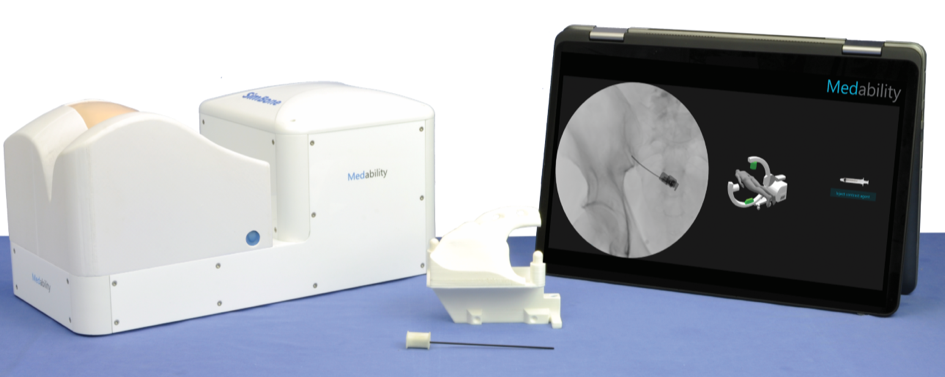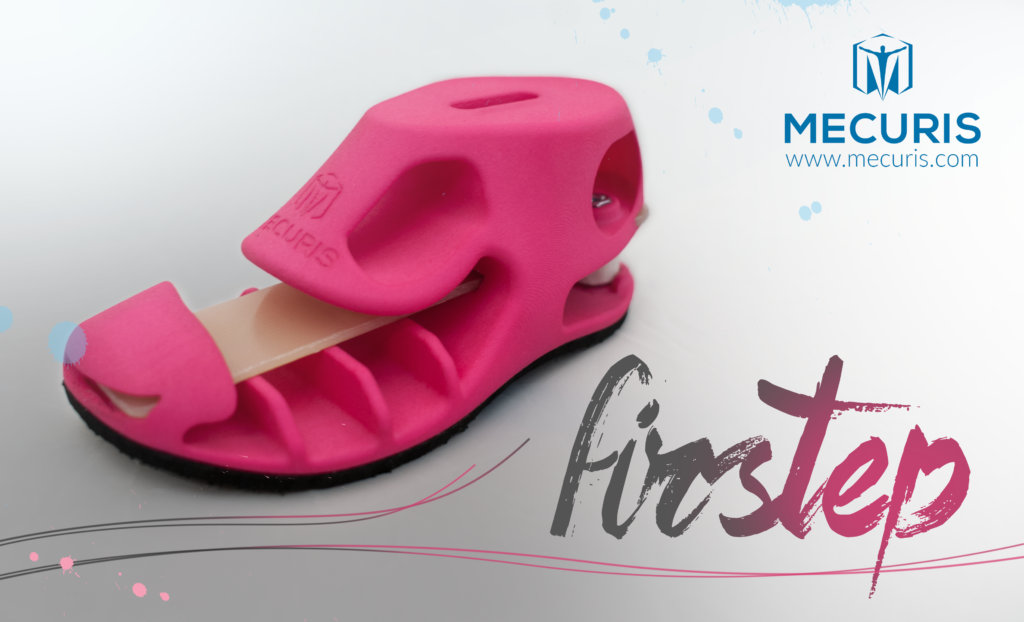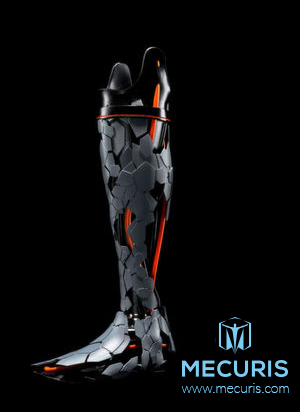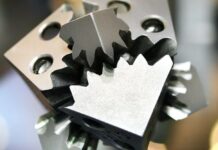 Dr. Simon Weidert is an orthopedic trauma specialist who works at the University of Munich. One of the main themes of his research is 3D printing. He is also the co-founder of 3 companies, among which two exploit the 3D printing technology in their offering.
Dr. Simon Weidert is an orthopedic trauma specialist who works at the University of Munich. One of the main themes of his research is 3D printing. He is also the co-founder of 3 companies, among which two exploit the 3D printing technology in their offering.
Dr. Simon Weidert took part in the dossier of the April issue of 3D Adept Mag and shared his experience in the use of 3D printing in the medical and health sectors. Discover in this Opinion of the Week, the full interview.
Tell us more about your activities
Medability is one of the companies that I co-founded and that use 3D printing and technologies to enable surgeons to be better prepare prior to surgery. We provide quality training anywhere and enable fast skill acquisition. (Simulator – training – operation).

I founded Mecuris with some other people. Via a digital platform, we provide orthopaedic care by bringing together 3D technologies. To explain the functioning, one uploads the files of the patient and the design, the computer will do most of the steps needed to apply required data about the patient’s age and the type of prosthetic legs, and thereafter we will proceed to the 3D printing.
Unlike conventional covers or other 3D printed products available from our competitors, the Mecuris cover is customized by the O&P professional together with the patient and digitally adjusted accordingly. Configuration takes place “live” via our online portal solution.mecuris.com, where the final design is determined based on the patient’s measurements and preferences. During this process, the patient can choose from twelve colours besides various surface structures and finishes, creating a custom-made cover that is right for them. The cover is manufactured in Germany within ten working days.
We have a platform that can transform 2D images into 3D models’ applications. The doctor and the patient can work together on that platform.
And the third company, M3i customizes software for the needs of the medical sector.
What inspired the use of this technology?
I think it was five years ago, 3DP became more common especially in the DIY. I liked it a lot. I asked for money to the clinic. I bought the first Ultimaker at the University. Most of the problem is the software. Of course, we will witness a lot of improvements in the upcoming years. As a doctor, I can only work on stuff that I can only change, hence the intense work on software.
Furthermore, the 3D printed part is the real component of a system, it makes it real. It is really hard to find customers that could afford them. 3Dp enables to make a much better simulator of a fracture.
If one designs an orthosis for 30 hours, nobody would pay for that. But with a machine, it fits perfectly the body, reduces your pain and is rapid. So, only the software combined with 3DP can give you freedom in designing parts and analysis in the structure of the frame. So, at the end, once it is printed, you know exactly what your customers will get. The unique product relies on the expertise of the expert.

Is there a specific example you would like to share with us?
There are kids being born without a foot. They can lose a foot in an accident. They do not know how to run because their 3D printed prosthetic available on the market does not allow that. It is really bad because no company wants to invest in that.
So, we (at Mecuris) created a 3D printed prosthetic to enable those children to walk and continue other activities. It may change the life of a person and increase the confidence of a person. This is the biggest advantage of 3DP. A product which is tailor-made to them. It’s about turning a parametric product into a unique one.
What are the limits of this technology?
The limit is somehow the process availability. Every 3D printer has its strengths and weaknesses.
For the medical use, if you want to use plastic products, you have to use professional 3D printers. You really have to give patients the best quality and it is not with FDM printers. So, you have to go for SLS 3D printers (In terms of quality). We work together with professional production partners.
What do you think of the use of 3D printing in medical healthcare?
Medical 3D printing can be integrated in many use cases. Bioprinting is for instance a very big subject in this area. But we are not yet there. It will be the future of the technology (in 10 years). For some complicated fractures, we can print models and test the implant. It’s much more realistic.
The 3D printing technology is useful in complicated surgery.
Print organs, or different colors with a tumor. It’s costly but there are other some companies that may offer this service. 3DP is already there. It is definitely the preparation prior to surgery.
Next thing, will be the implant. It is already possible. We did it with Materialise and it worked very well.
In reconstructed surgery, you really take into account a lot of questions that could have had during the operation.
So, if you have means to afford it, it is really useful.
Speaking about the future, what are the prospects of integration of this technology in the medical industry?
Imagine there are files that are freely available for download and that everyone can download them and 3D print their prosthesis at home, this may raise issues regarding the regulations. So attention is to be made on this point.
Last, the patient will certainly benefit from customization.
For further information about 3D Printing, follow us on our social networks and subscribe to our newsletter!
Would you like to be featured in the next issue of our digital magazine? Send us an email at contact@3dadept.com







